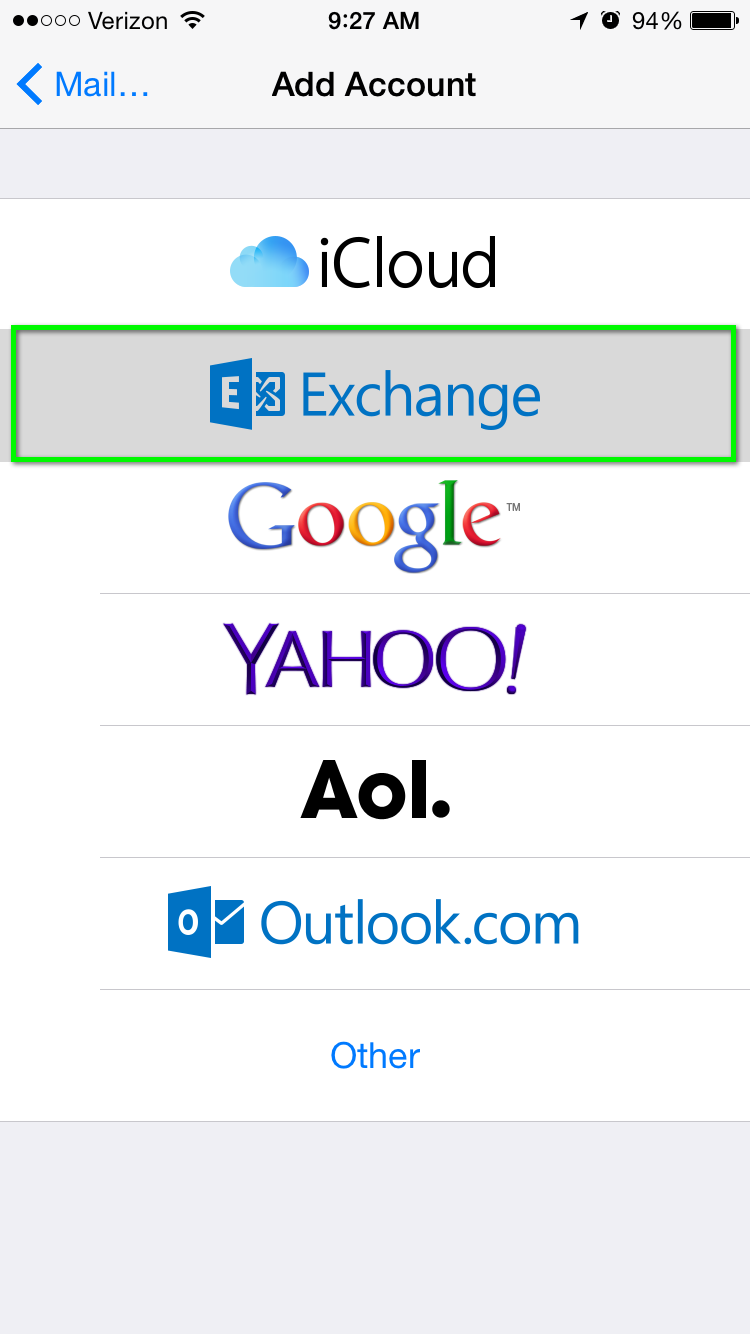

Each plan in Office 365 Planner has what is called a Charts view, which gives you a widescreen perspective on the progress of your project. Task assignments also provide an easy way to keep track of what is going on in your plan. With Planner and task assignments, you could feasibly skip the meeting step by curating the information that each person receives.
#PLANNER APP FOR OFFICE 365 FULL#
Collaborative projects often run the risk of inefficiency, because full in-person team meetings must cover a lot of ground and very little of it ever applies to everyone. Getting the Most out of Task Assignmentsīeing able to assign tasks to individual members of your project team is great because it delivers need-to-know information directly to each team member. Those people then receive notifications about the task, the responsibilities involved, the start date and due date, and any other details you provided. You can assign a single task to as many as 11 people. Simply dragging a person’s photo from the plan members section into the task will assign the task to that person. You can also assign tasks to individual members of your group, which is one of the most significant facets of Microsoft Planner. Setting the due date, meanwhile, lets you convey the urgency of the task and organize tasks based on which you need to do first. If this task can’t begin until another task is complete, you can set a start date sometime a few days or weeks in the future, to tell members of your team to leave that task be for now. When you create a task, you can set both start dates and due dates for that part of the project.

Perhaps the most important details to add to each task you create in your SharePoint Planner integration concern dates and people. You can also give tasks colored labels (perhaps to dictate what types of approvals are necessary for their completion), add checklists to tasks (useful if a task has multiple steps or “sub-tasks”), or attach vital resources to each task (such as photos, links, and documents). Buckets allow you to split up your project in the way that makes the most sense for your team and the work that needs to be done. For instance, you can sort your tasks into “buckets,” which can represent different work categories, project phases, sub-teams, and so forth. You can also get as detailed as you want with each task. Office 365 makes it easy to add as many tasks as you want to a plan so you can get as granular as you want when sketching out the “To Do” list for your team. With your plan created, you can move on to using Microsoft Planner to add value to your organization in the form of productivity and streamlined communication. Office 365 Planner has a Charts view, giving a widescreen perspective on project progress. This automated action makes it easier to integrate your collaborative process across other Microsoft apps-including OneNote, Outlook and OneDrive. Once you create a plan, Planner will automatically create a new Office 365 group. When you are creating a plan, Office 365 will let you assign a name and description to the plan, as well as choose the users who will be able to see it. Which option is most convenient for you will probably depend on who is involved in the project at hand and whether that team aligns with an existing Office 365 group. You can select one of these plans and use the Planner app to tailor it to your needs, or you can create a new plan.

By default, when you sign into Planner, you will see plans for all your existing Office 365 groups. It is now widely available, and you can find it in the Office 365 app launcher. Microsoft unveiled Planner as a new Office 365 app in early 2016. Using Planner to Organize a Collaborative Project Once you create a plan, you can add people, assign tasks, keep track of status updates, and more-all right there in Office 365. Indeed, Planner is an app that your teams can use to create meticulously detailed project plans that span multiple people. Microsoft Planner, though, is much more than just a calendar app that exists within SharePoint. The term “planner” is often used to refer to personal calendars that people use to keep track of their schedules. Regarding SharePoint apps that assist with this type of collaboration and productivity, few are more invaluable than Microsoft Planner (or Office 365 Planner, as it is also commonly labeled). Teams can use SharePoint sites to share files, comment on projects, and otherwise plan and execute a collaborative strategy. Many businesses that use SharePoint as a CMS or an intranet also rely on it as a collaboration suite. By Cathy Dew SharePoint Apps: Planner & Tasks


 0 kommentar(er)
0 kommentar(er)
